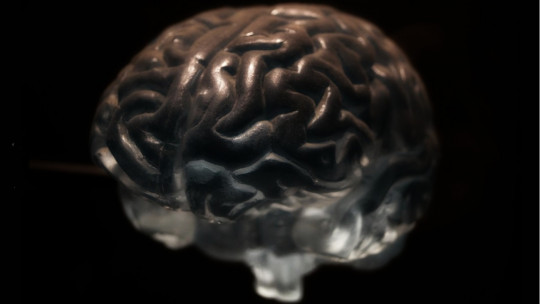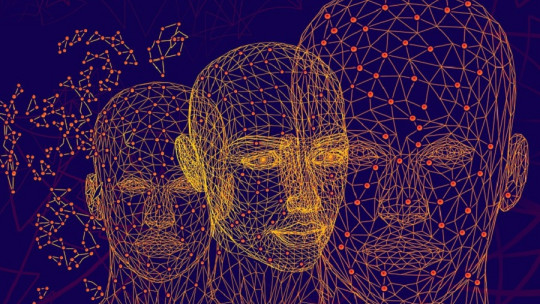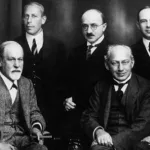There are many proposals that we find in the field of psychotherapy. Some models are more modern and based on the advances brought by neuroscience, while others are older. Not all of them have the same studies or research that support their effectiveness and, therefore, some are better known than others.
Which one is better or more suitable for each person and each situation will always depend on individual needs. The ideal in a therapeutic process is that the proposed tools or approach adapt to the person who needs help and not the other way around.
Let’s see what one of the models that has been the basis for other currently well-known approaches is like. Maybe you know what it is future-oriented therapy or maybe not. Therefore, we will talk about its origins, its fundamental principles and the main techniques and methods.
What is Future Oriented Therapy?
It was in 1964 when, for the first time, psychologist Walter O’Connell used the term in an article. Later, in 1971, psychiatrist Stanley Lesse used it as the title of one of his articles. Between 1970 and 1980, psychiatrist Frederick Melges also included it in several of his articles.
The author argued that it was a useful tool as a complement to therapies focused on the past and present. What’s more, argued that it was a really useful approach to address problems such as low self-esteem and the diffusion of identity.
This fact served as inspiration for Bernard Beitman who, around the year 2000, wrote on the subject. This author suggests that orientation towards the future is something that different psychotherapeutic approaches share and that, therefore, it was a good basis for being able to integrate certain therapy proposals.
In its beginnings, it turned out to be an important paradigm shift at the intervention level. Traditionally, psychotherapy had focused mainly on the importance of past experiences since classical psychoanalysis had been the main proposal. Thus, interest in both the present and the future of people begins to sow.
This also means the incorporation of proposals from humanistic psychology, more focused on the well-being and self-realization of the individual. Over time, the technique has evolved while maintaining the focus on visualizing future goals, creating positive narratives, and strengthening hope.
Fundamental principles
In the same way as with the rest of the techniques, future-oriented therapy is characterized by certain principles that differentiate it from the others. The most relevant aspects are mentioned below.
Focus on the future
There are many therapies that focus their work on exploring and understanding the person’s past in order to relate it to the problematic situation (or situations) of the present. However, Future-oriented therapy focuses on what the person wants to achieve in their future. By offering this positive visualization of the future, the main idea is that the person is motivated, activated and mobilized towards achieving their goals.
Hope and optimism
From this approach, it is considered and defended that aspects such as hope and optimism are key to being able to neutralize the feelings of hopelessness that the person may have. In addition, They are also considered key points in the fight against anxiety. It is proposed that people can cultivate these aspects in their internal world and that both hope and optimism are effective tools to cope with complex situations.
Goal orientation
As it is a therapy that focuses mainly on the future and the objectives that people want to achieve, a key aspect is the establishment of goals. Once identified and established, these goals serve as a guide in the therapeutic process. In addition, they allow the person to focus their attention and resources on them, a fact that can make them feel that they have a purpose and meaning.
Empowerment of the person
Another of the main points of this approach focuses on promoting and enhancing people’s autonomy. It is considered that each individual has the capacity and tools internally (or can cultivate and obtain them) to build and determine their own future. In the therapeutic process, we work on the fact that the person identifies their own resources, as well as their strengths, and assumes their own responsibility.
Techniques and methods of Future Oriented Therapy
Depending on the approach and training of each professional, we can find variations in the application of future-oriented therapy. However, below we briefly and generally refer to those techniques that are considered characteristic of this approach.
Visioning the future
Visualization is a key technique in this type of therapy. We work with the person to imagine or visualize themselves in the future after having achieved their goals. This intervention helps generate motivation in individuals in addition to clarifying their objectives. Being able to visualize yourself in this situation usually generates a feeling in the person that it is viable and affordable to complete your goals.
Future narratives
Another of the tools commonly used is the narrative about the future. In it, the person is encouraged to narrate, tell, a story about their ideal future. The idea is that the creation of these stories allows replace possible negative thoughts regarding the future that they have probably internalized for a long time. Furthermore, presenting the story from this optimistic and hopeful perspective allows the person to be enriched by observing nuances.
Goals and planning
When the person has done the exercise of visualizing their future and has been able to identify what their ideal objectives are, they work on goal setting and planning. The idea is to be able to break down these large medium-long-term objectives into affordable, specific, realistic and achievable objectives. Achieving “smaller” short-term goals keeps the person motivated and committed to their ultimate goal.
Hope and Optimism Scale
From future-oriented therapy, the use of scales and/or questionnaires is also proposed to quantify the levels of hope and optimism at different points in the process. It is considered that this dynamic helps to assess the progress of the process and make the adjustments that are considered necessary based on each case.









